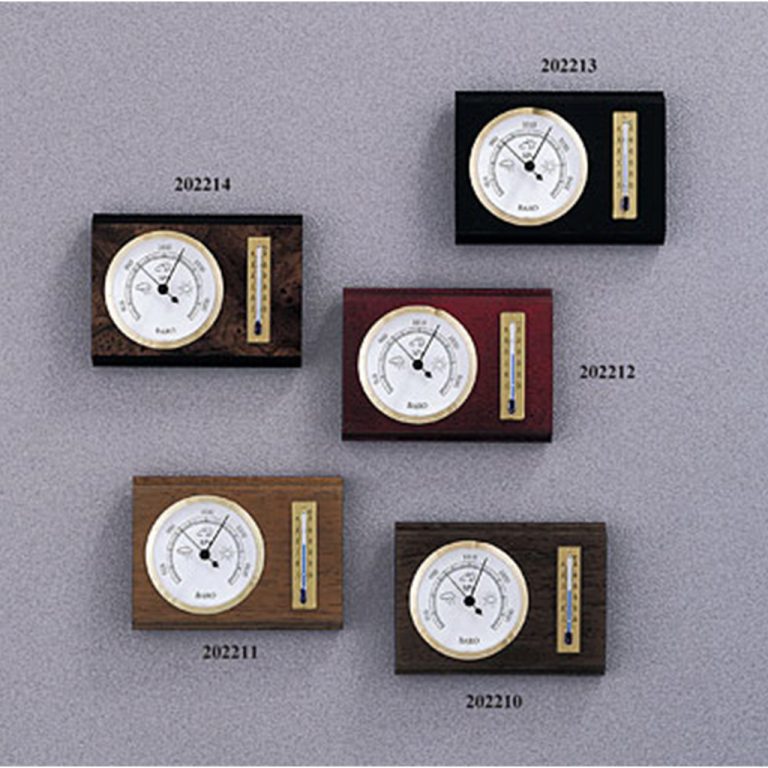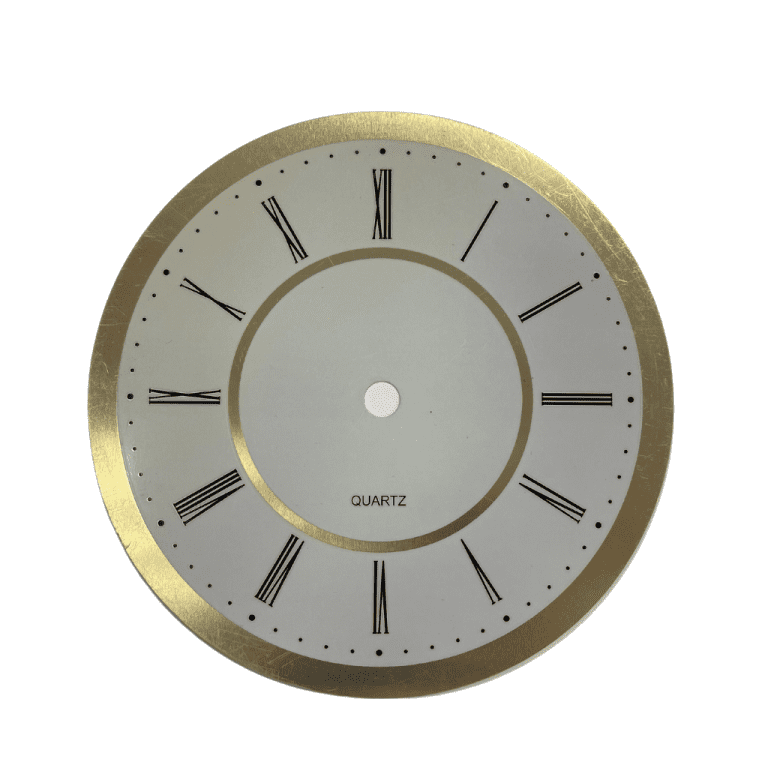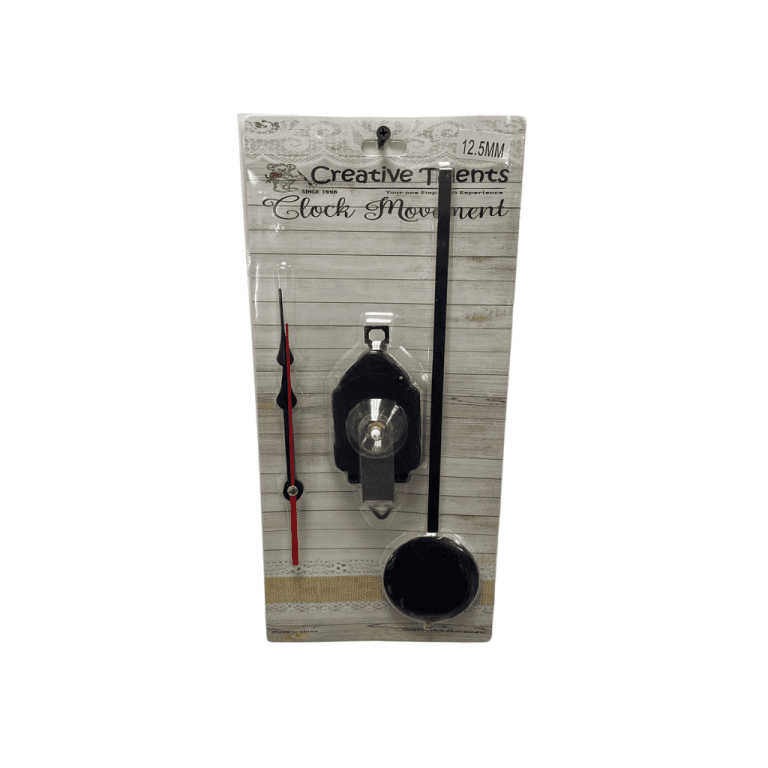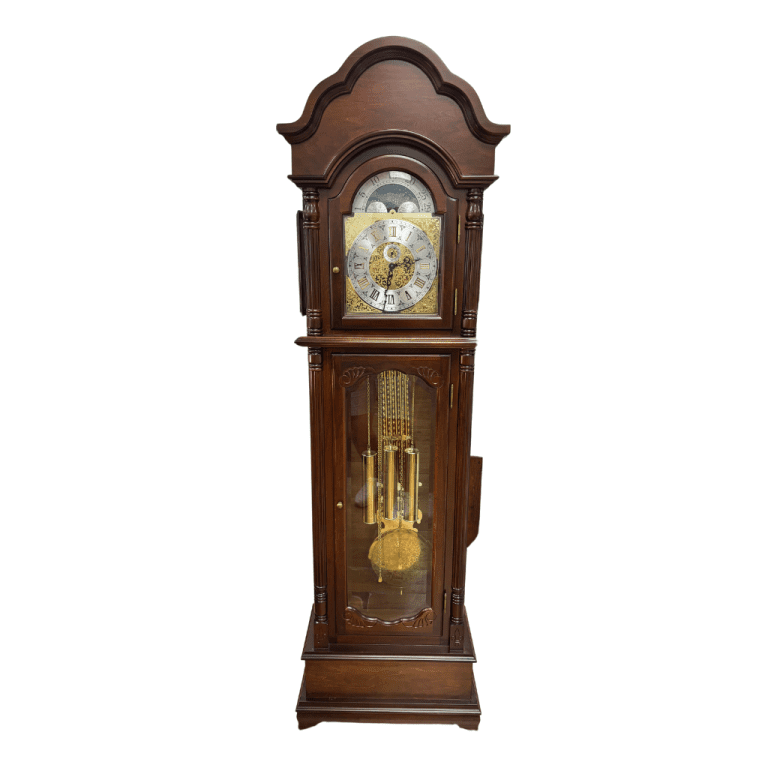A grandfather clock (also a longcase clock, tall-case clock, grandfather’s clock, or floor clock) is a tall, freestanding, weight-driven pendulum clock with the pendulum held inside the tower or waist of the case. Clocks of this style are commonly 1.8–2.4 metres (6–8 feet) tall. The case often features elaborately carved ornamentation on the hood (or bonnet), which surrounds and frames the dial, or clock face.
The English clockmaker William Clement is credited with the development of this form in 1670. Until the early 20th century, pendulum clocks were the world’s most accurate timekeeping technology, and longcase clocks, due to their superior accuracy, served as time standards for households and businesses. Today they are kept mainly for their decorative and antique value, being widely replaced by both analog and digital timekeeping.
The advent of the longcase clock is due to the invention of the anchor escapement mechanism by Robert Hooke around 1658. Prior to that, pendulum clock movements used an older verge escapement mechanism, which required very wide pendulum swings of about 80–100°. Long pendulums with such wide swings could not be fitted within a case, so most freestanding clocks had short pendulums.
The anchor mechanism reduced the pendulum’s swing to around 4° to 6°, allowing clockmakers to use longer pendulums, which had slower “beats”. These consumed less power allowing clocks to run longer between windings, caused less friction and wear in the movement, and were more accurate. Almost all longcase clocks use a seconds pendulum (also called a “Royal” pendulum) meaning that each swing (or half-period) takes one second. These are about a metre (39 inches) long (to the centre of the bob), requiring a long narrow case. The long narrow case actually predated the anchor clock by a few decades, appearing in clocks in 1660 to allow a long drop for the powering weights. However, once the seconds pendulum began to be used, this long weight case proved perfect to house it as well. British clockmaker William Clement, who disputed credit for the anchor escapement with Robert Hooke, produced the first longcase clocks around 1680. Within the year Thomas Tompion, the most prominent British clockmaker, was making them too
Description
Most of a longcase clock’s height is used to hold the long pendulum and weights. The two chains attached to the weights and the lack of winding holes in the dial show this to be a 30-hour clock.
Traditionally, longcase clocks were made with two types of movement: eight-day and one-day (30-hour) movements. A clock with an eight-day movement required winding only once a week, while generally less expensive 30-hour clocks had to be wound every day. Eight-day clocks are often driven by two weights – one driving the pendulum and the other the striking mechanism, which usually consisted of a bell or chimes. Such movements usually have two keyholes, one on each side of the dial to wind each one. By contrast, 30-hour clocks often had a single weight to drive both the timekeeping and striking mechanisms. Some 30-hour clocks were made with false keyholes, for customers who wished that guests to their home would think that the household was able to afford the more expensive eight-day clock. All modern striking longcase clocks have eight-day movements. Most longcase clocks are cable-driven, meaning that the weights are suspended by cables. If the cable were attached directly to the weight, the load would cause rotation and untwist the cable strands, so the cable wraps around a pulley mounted to the top of each weight. The mechanical advantage of this arrangement also doubles the running time allowed by a given weight drop.
Cable clocks are wound by inserting a special crank (called a “key”) into holes in the clock’s face and turning it. Others, however, are chain-driven, meaning that the weights are suspended by chains that wrap around gears in the clock’s mechanism, with the other end of the chain hanging down next to the weight. To wind a chain-driven longcase clock, one pulls on the end of each chain, lifting the weights until the weights come up to just under the clock’s face.
Elaborate striking sequences
In the early 20th century, quarter-hour chime sequences were added to longcase clocks. At the top of each hour, the full chime sequence sounds, immediately followed by the hour strike. At 15 minutes after each hour, 1/4 of the chime sequence plays, at the bottom of each hour, 1/2 of the chime sequence plays, and at 15 minutes before each hour, 3/4 of the chime sequence plays. The chime tune used in almost all longcase clocks is Westminster Quarters. Many also offer the option of Whittington chimes or St. Michael’s chimes, selectable by a switch mounted on the right side of the dial, which also allows one to silence the chimes if desired. As a result of adding chime sequences, all modern mechanical longcase clocks have three weights instead of just two. The left weight provides power for the hour strike, the middle weight provides power for the clock’s pendulum and general timekeeping functions, while the right weight provides power for the quarter-hour chime sequences.
Credited to:https://kids.kiddle.co/














